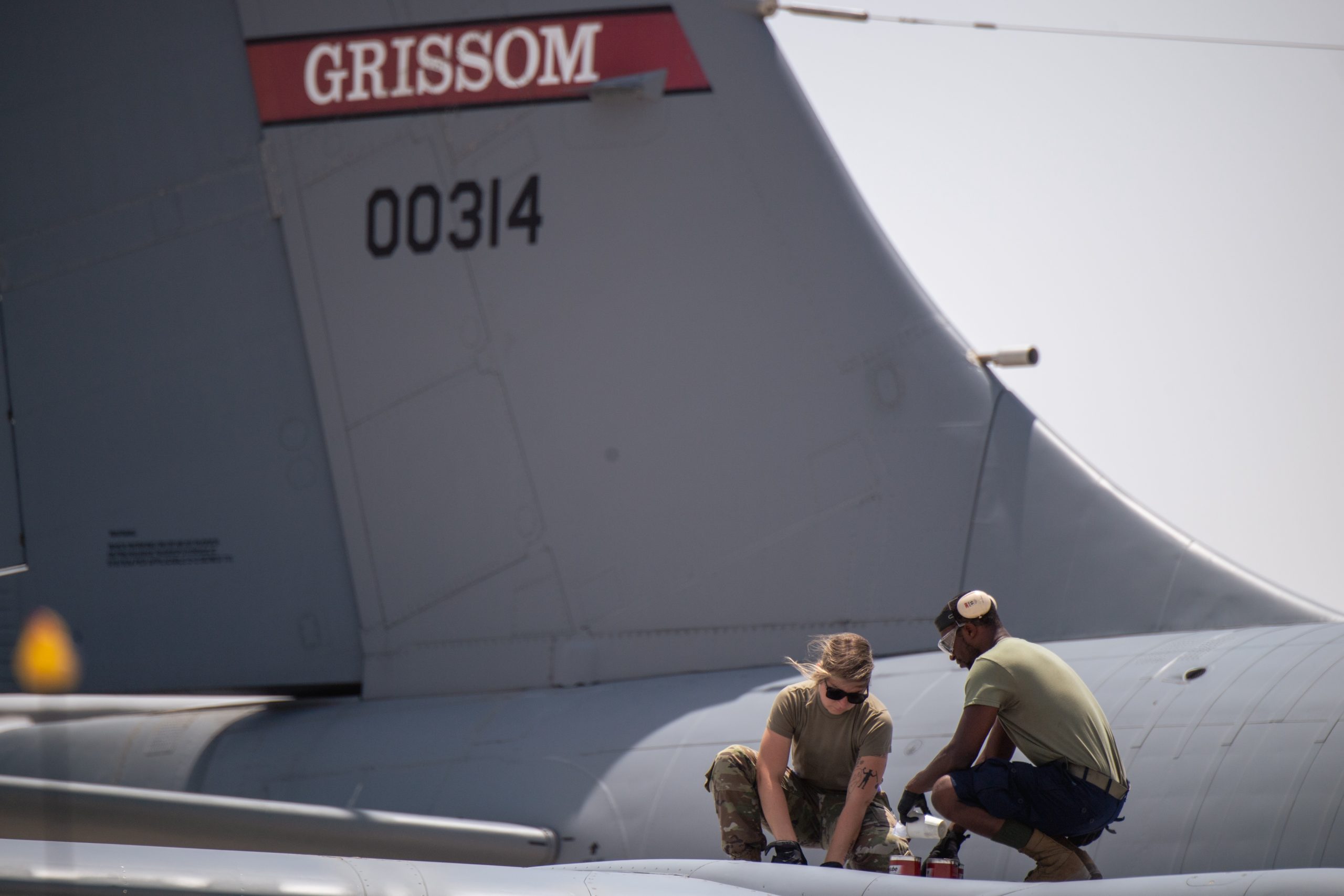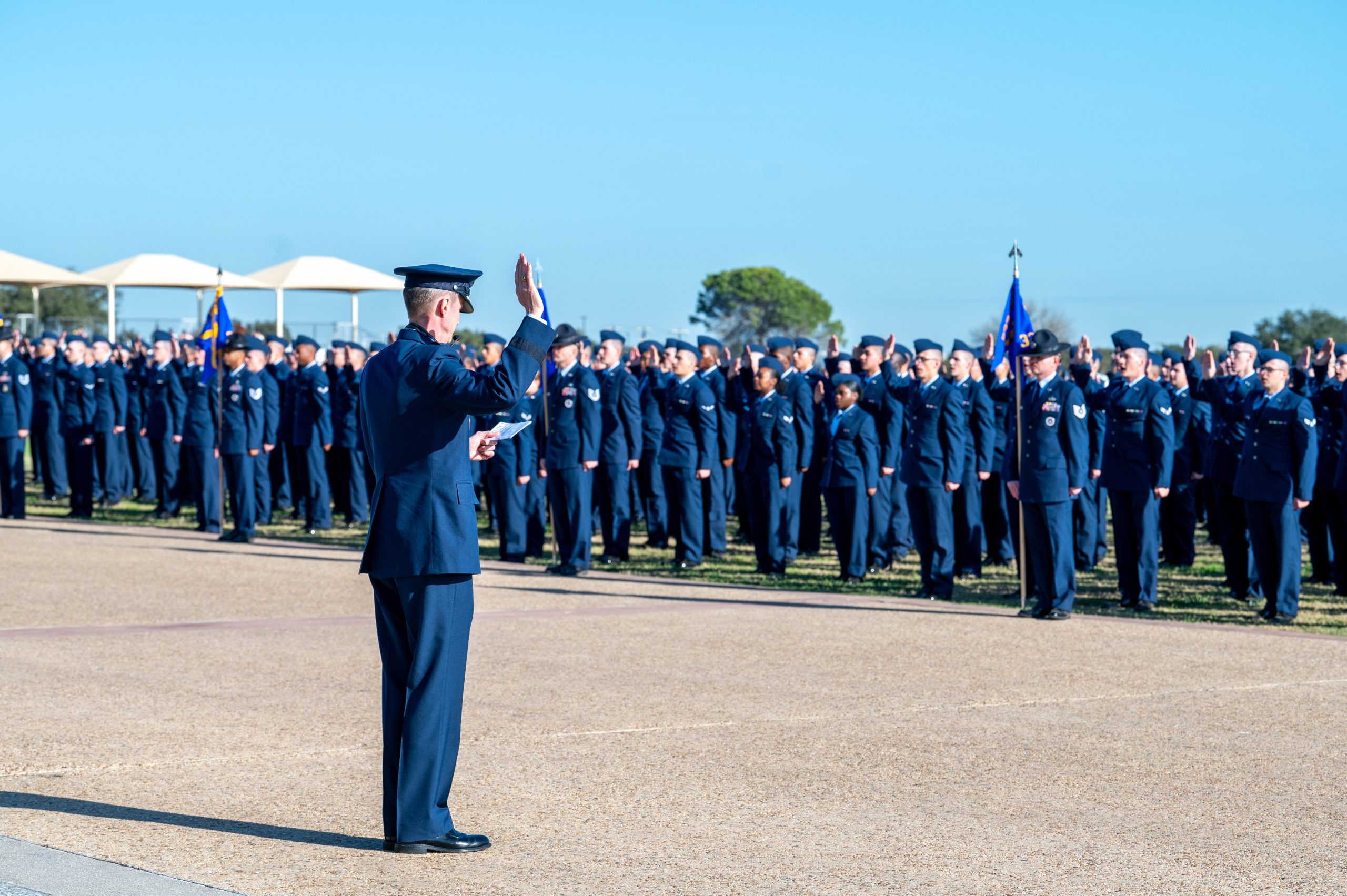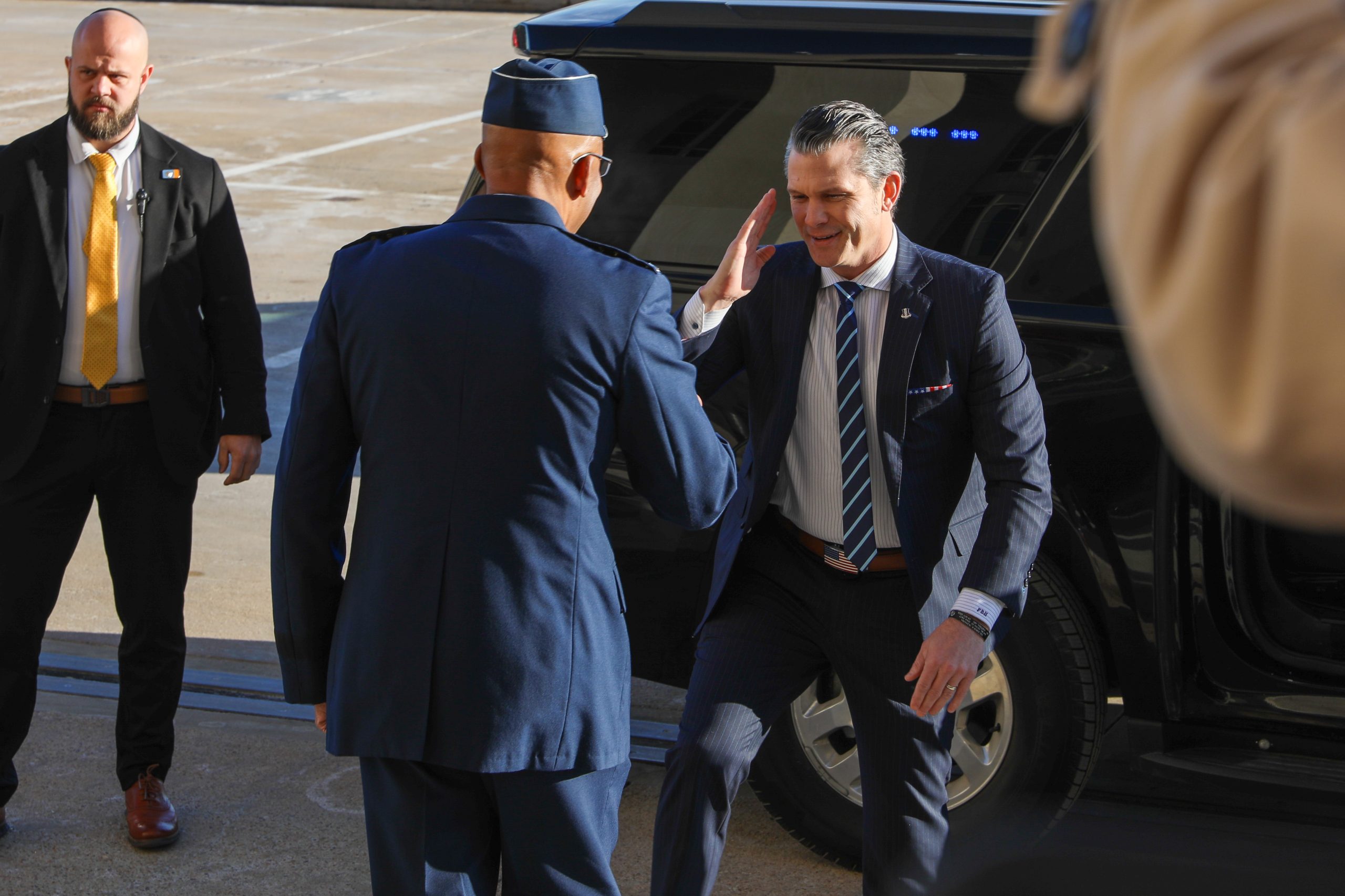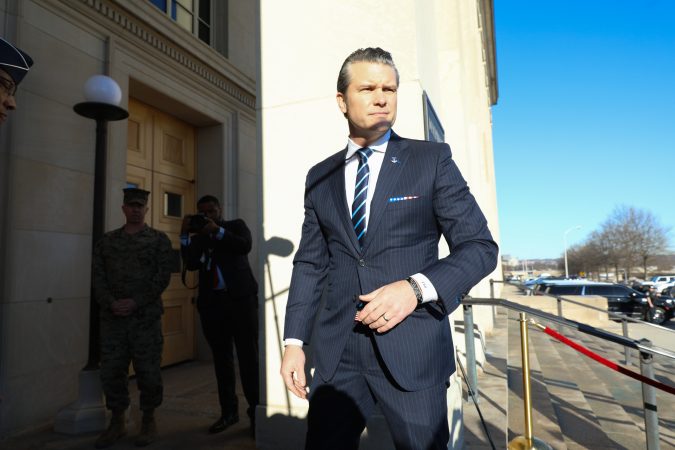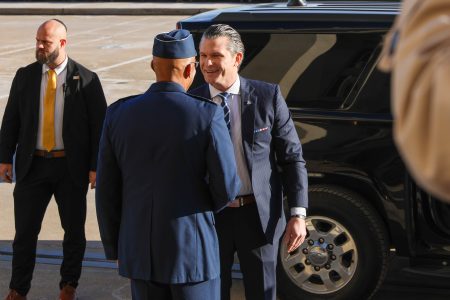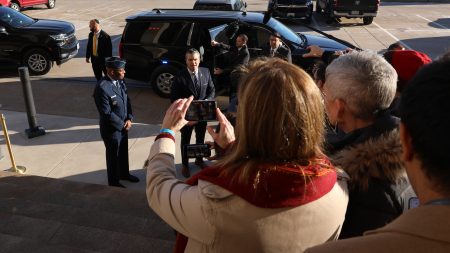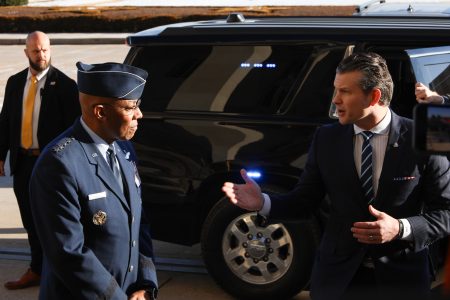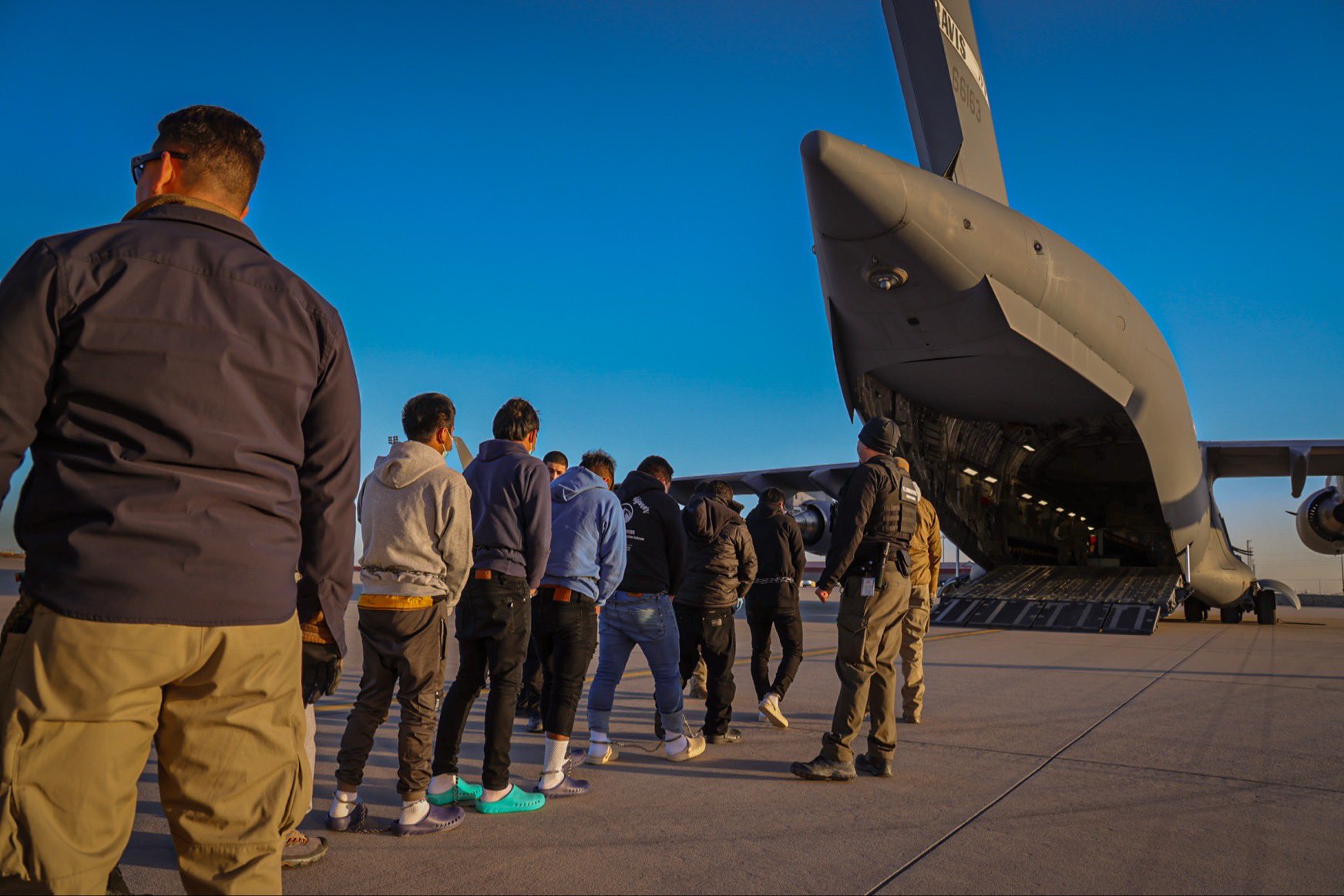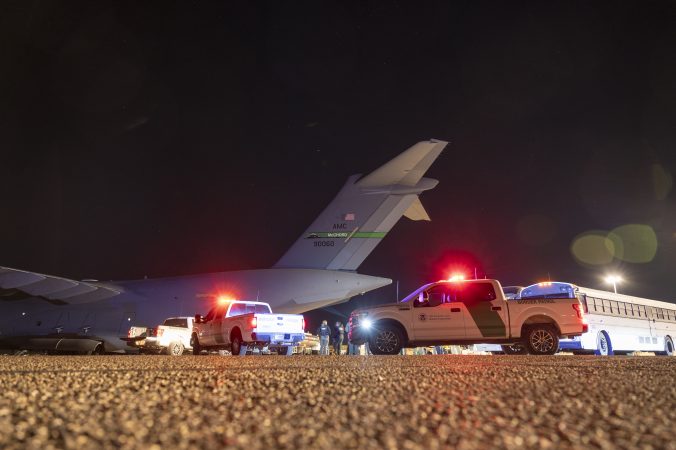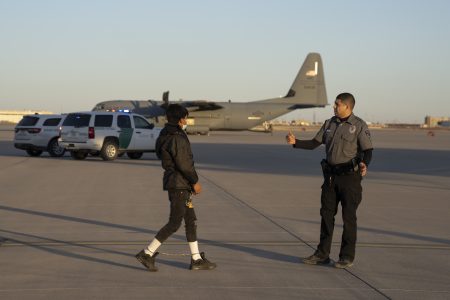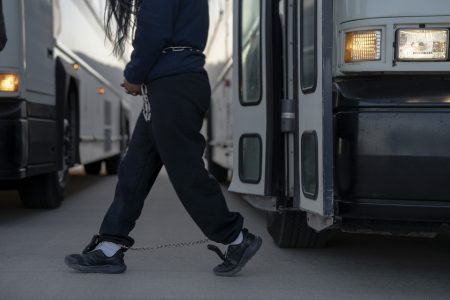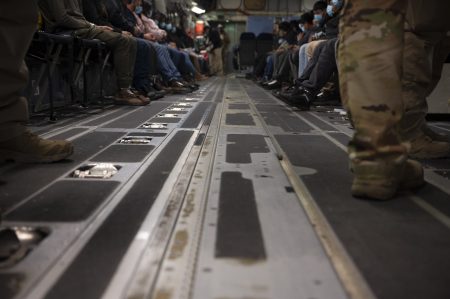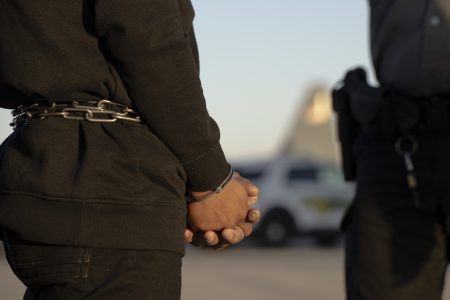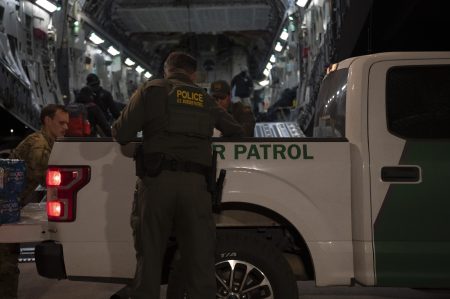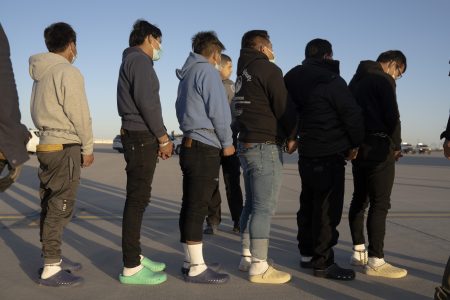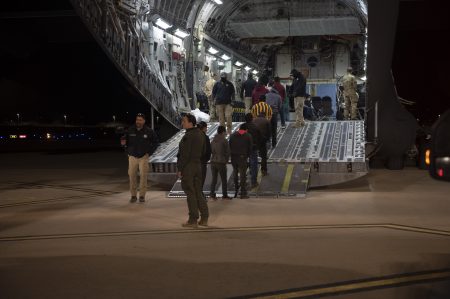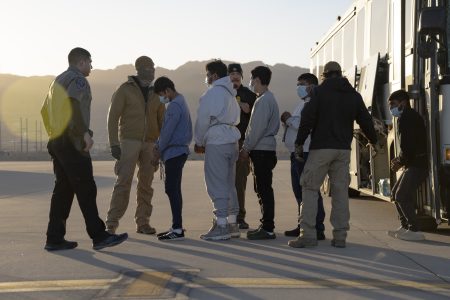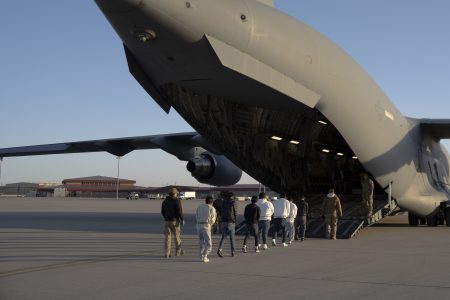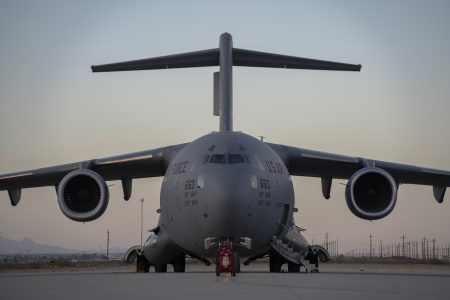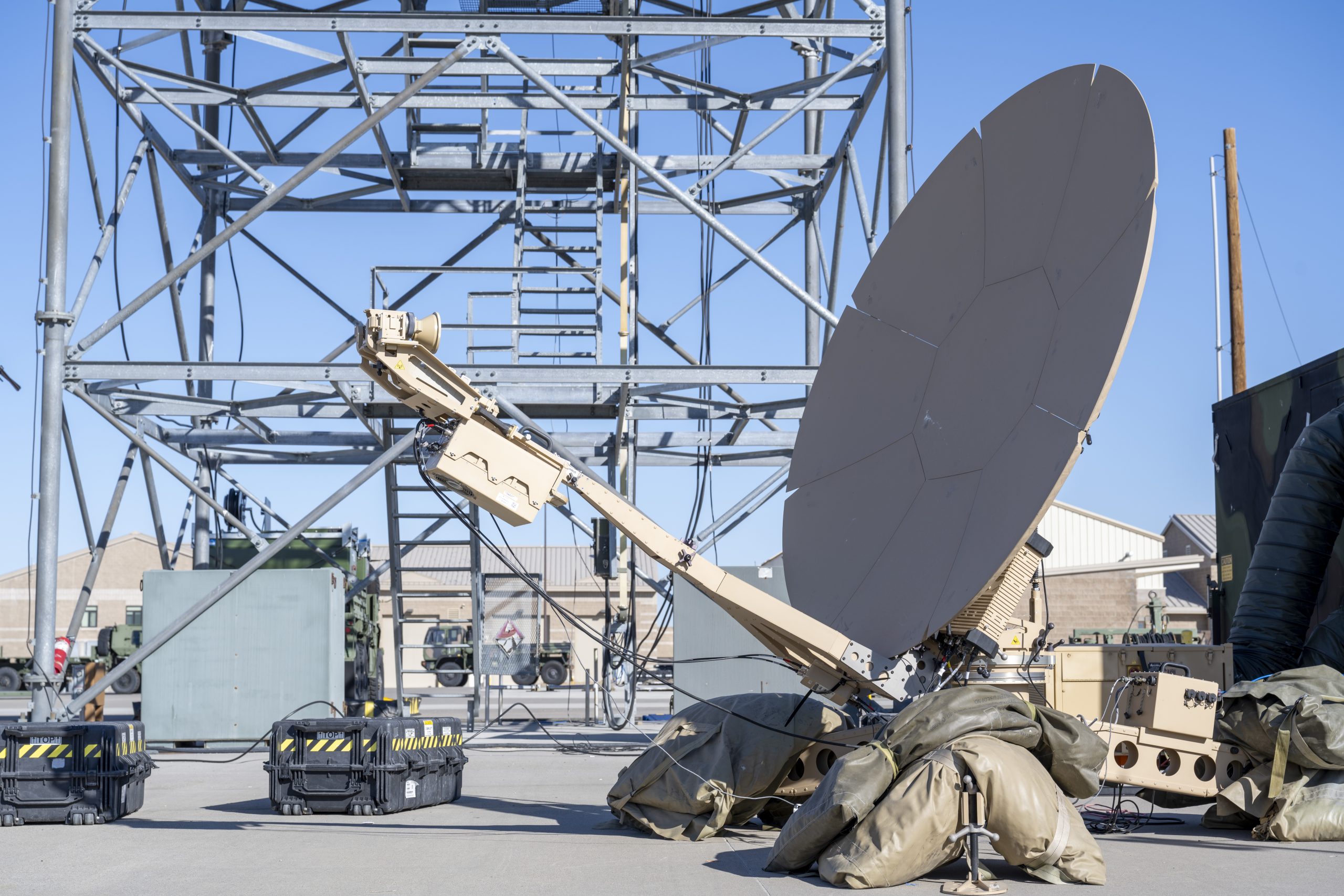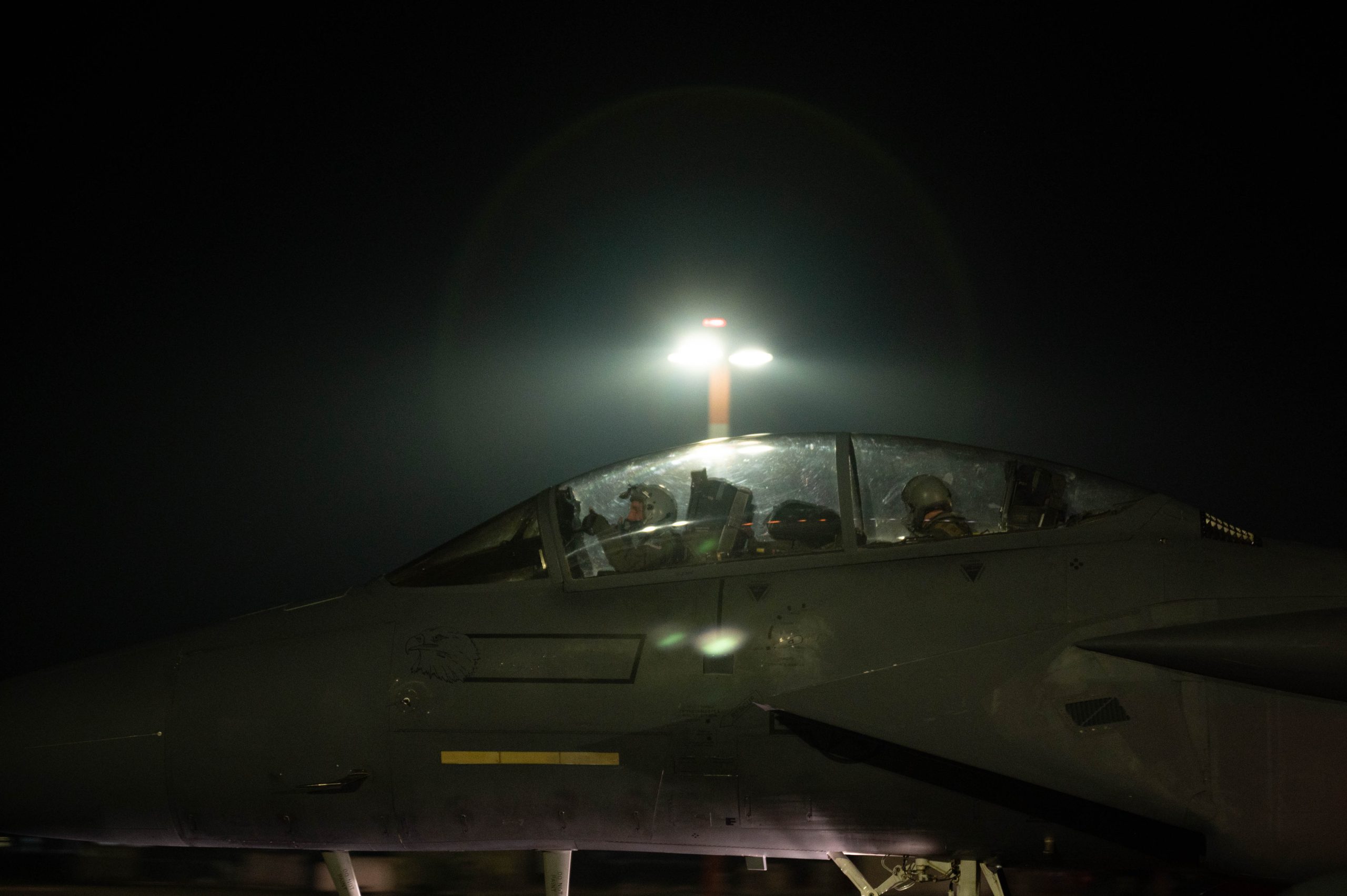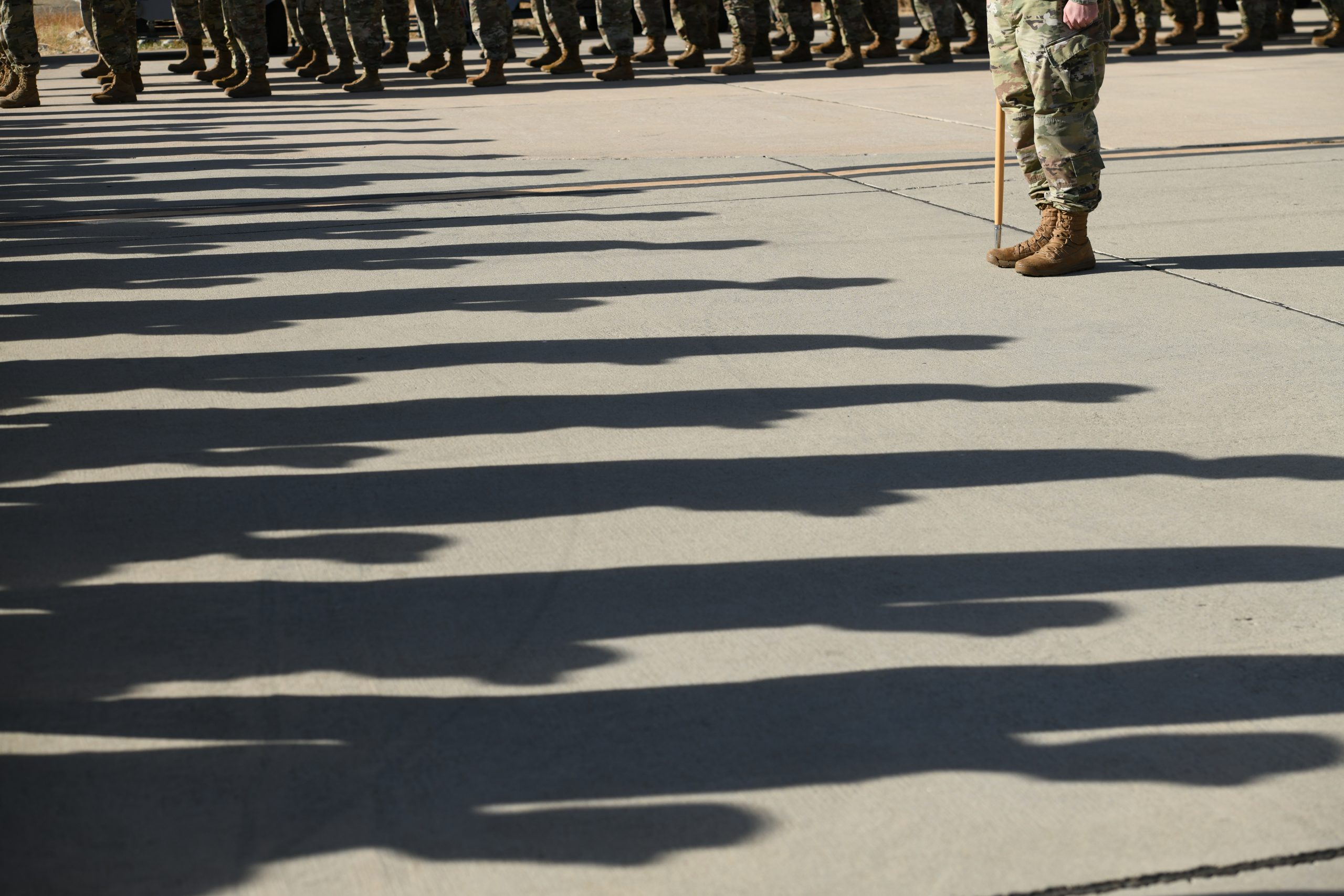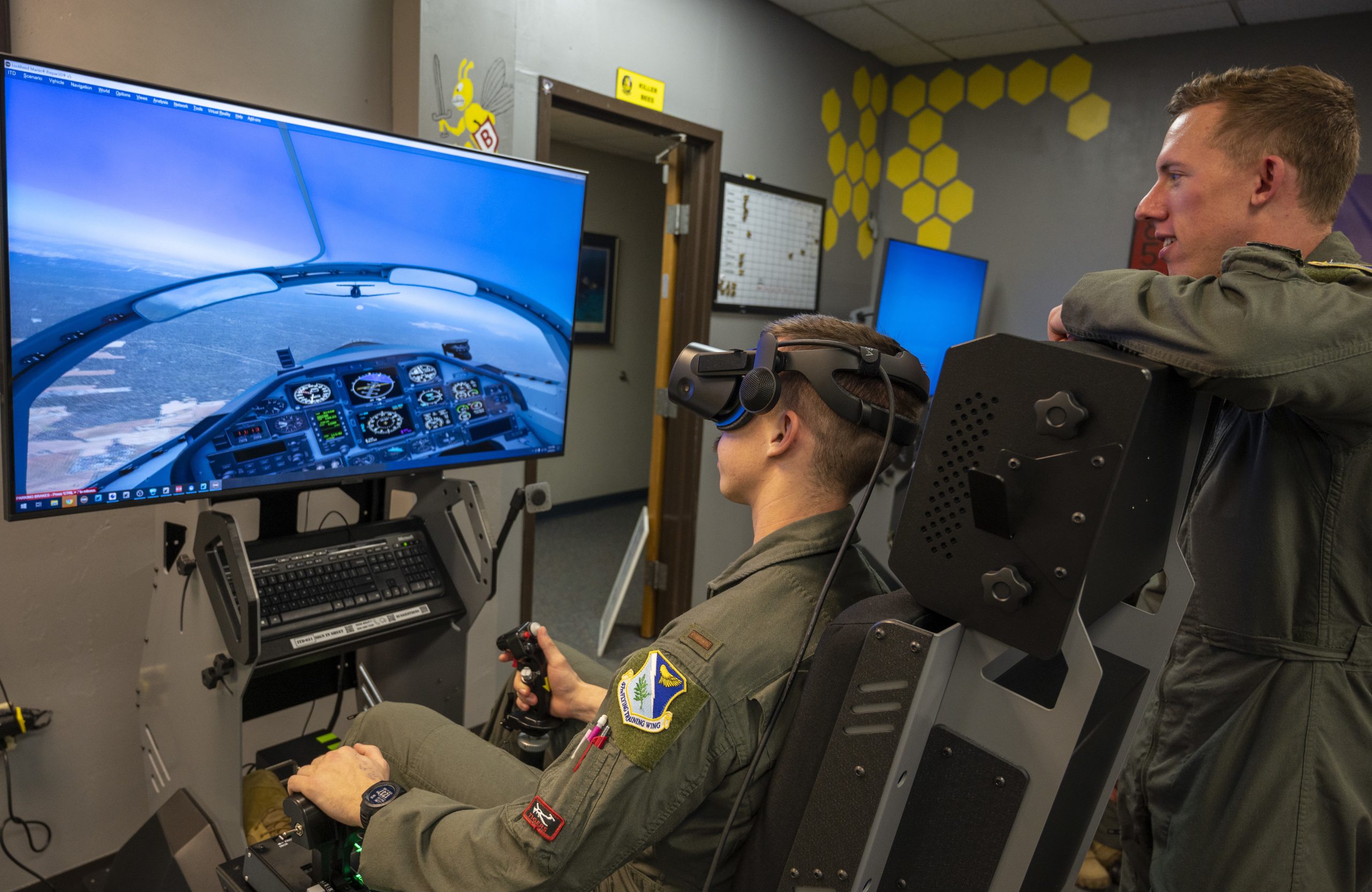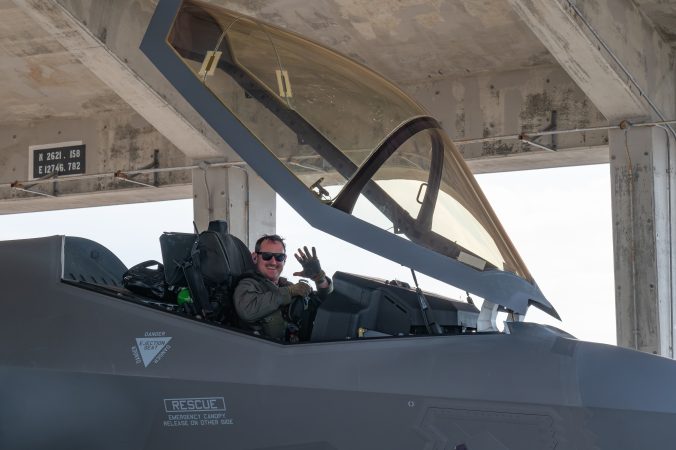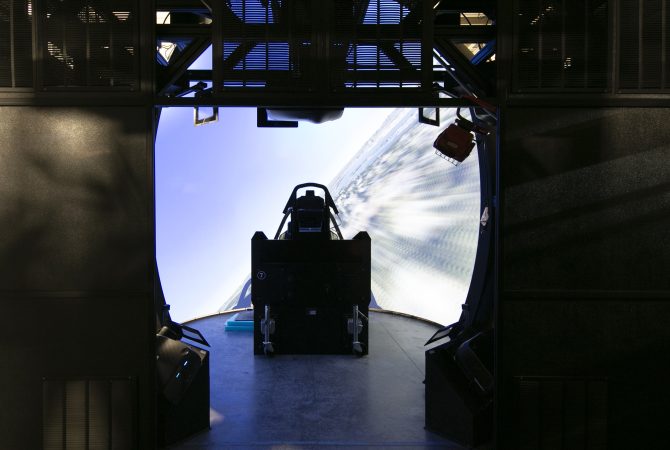A new Air Force memo lays out how the service aims to condense its list of more than 50 aircraft maintenance job specialties down to seven, starting in 2027.
In a memo dated Jan. 24, maintenance career field managers at Headquarters Air Force said the change will focus younger maintainers on entry-level tasks and free up experienced hands for more technical work. The memo was leaked on the unofficial Facebook page Air Force amn/nco/snco, and an Air Force spokesperson confirmed it was authentic.
“An in-depth analysis confirmed what many of you already know: as maintainers, a small number of our tasks consume the majority of our time,” wrote Chief Master Sgts. Abbi G. Cabeen, Joseph L. Hicks, and Timothy M. Wells, who manage the avionics, aircraft systems, and crew chief career fields, respectively.
“The future force design leverages this and trains early-career Airmen on our most common tasks, which will free up experienced Airmen to focus on tasks that require substantial expertise,” they wrote.
Under the new plan, junior enlisted Airmen will start out in a generalist track, a single Air Force Specialty Code (AFSC) where they will be trained “on the most common maintenance competencies and be charged with applying them across multiple airframes,” according to the memo.
Those common tasks include launching, recovering, and fueling aircraft, but Airmen will also be exposed to more specific skills in the generalized track.
Once Airmen reach the rank of Senior Airman and are preparing to become noncommissioned officers, they will become a specialist in one of six areas:
- Avionics and Electrical, which combines avionics with the electrical side of the Environmental and Electrical (E&E) specialty
- Aerospace Ground Equipment, which will look the same as it does now
- Advanced Mechanical, which combines crew chiefs, fuels, hydraulics, and the flight line side of engine maintenance
- Crew Support Systems, which combines ejection seat systems with the environmental side of E&E
- Fabrication, which combines aircraft structural maintenance, aircraft metals technology, and nondestructive inspection.
- Intermediate-level engines, for maintainers dedicated to intermediate-level engine maintenance.
The specialties would not be tied to an airframe, which the memo said will allow “for more assignments and development opportunities for ALL 2A Airmen.” 2A is the general term for aircraft maintenance AFSCs. There are about 86,000 2A aircraft maintainers across the service, according to 2024 data.
Airmen will stay in a specialized track through the rank of technical sergeant, at which point they can apply for the “highly selective” technical track, where Airmen become “THE nose to tail cross-functional expert” on a given airframe. Selectees would pick up skills from all six specialties and focus on just one airframe.
Alternatively, technical sergeants can stay in a specialist track until they reach master sergeant, where they switch to the leadership track providing institutional and functional oversight. Airmen can stay in the technical or leadership track through the rest of their careers, or they could switch between the two tracks.
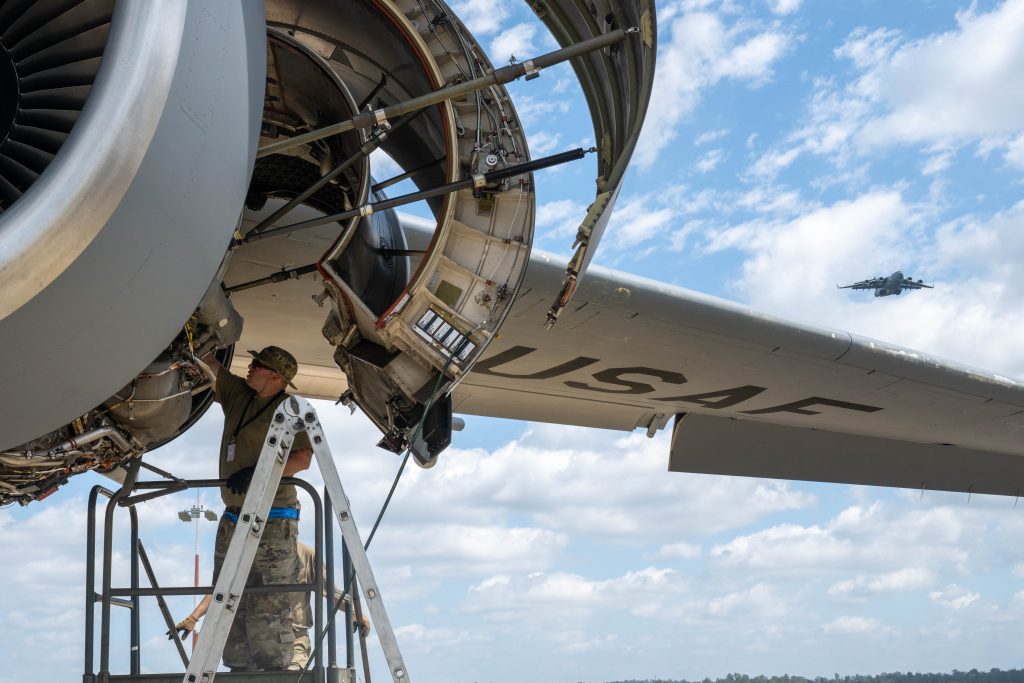
The memo comes about four months after Chief Master Sergeant of the Air Force David Flosi floated the idea to reporters at AFA’s Air, Space & Cyber Conference. He cited an analysis by Air Force headquarters which identified 54 aircraft maintenance AFSCs and noted that of the many tasks they train for, only 20 percent of them account for 80 percent of the work.
Focusing on that first 20 percent early on in a maintainer’s career “will provide us more agility on the flight line,” the chief said. “We’ll have more people that are qualified on the tasks that are most frequently done, and then bolt-on capability capacity.”
Flosi said the impetus for these changes is the possibility of conflict against China or Russia, where smaller groups of Airmen will have to generate aircraft from farther-flung airstrips.
“We’ll be contested in the air, on the ground, in the information environment. Supply chains are far more difficult in the [Indo-Pacific] theater,” Flosi said. “So we need to put the smallest number of Airmen into harm’s way and achieve the maximum capacity out of each one of them.”
The effort dovetails with the mission-ready Airmen concept, where Airmen step outside their usual specialty to refuel a bomber, defend the airfield, or other tasks to accomplish the mission. It means each Airman will be qualified to do more, but it is not “do more with less” Flosi said.
“We’re not trying to, like, squeeze 10 people’s worth of work into five people,” he said. “We want to have the capability for an Airman to do as much as they have capacity for.”
The memo writers made a similar argument.
“As aircraft maintainers, we balance a significant and ever-growing workload, based on the reliability and utilization of our fleet,” they wrote. “In a [Great Power Competition]-combat environment, being well-positioned to fulfill this workload is critical and this design aims to more efficiently distribute our workload across our force.”
It took 18 months to develop the plan, which was “carefully vetted” across the aircraft maintenance community and with Air Force leadership, the memo said. While aspects of the plan may change, the goal is to have the first cohort of generalist track Airmen enter the service in 2027.
Current Airmen will not see changes in their day-to-day work during and immediately after the switch, though they would see administrative and organizational changes such as to their AFSC title and unit manpower document, the memo said.
